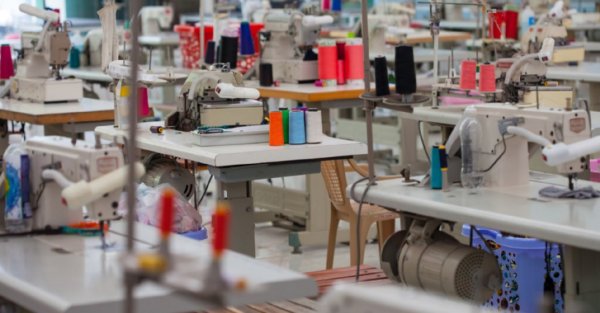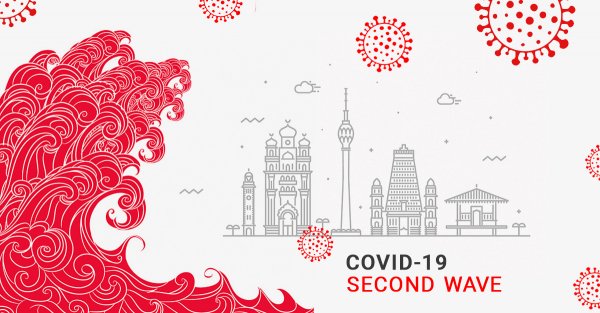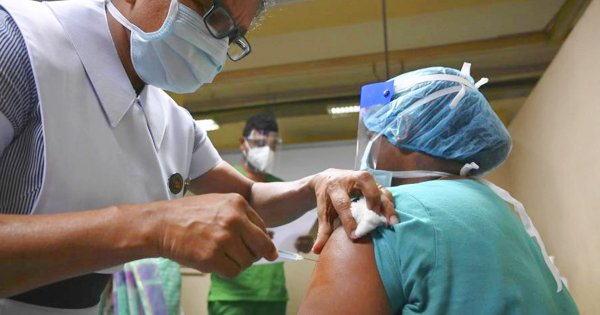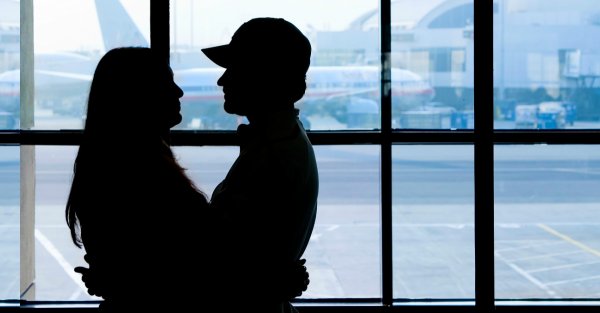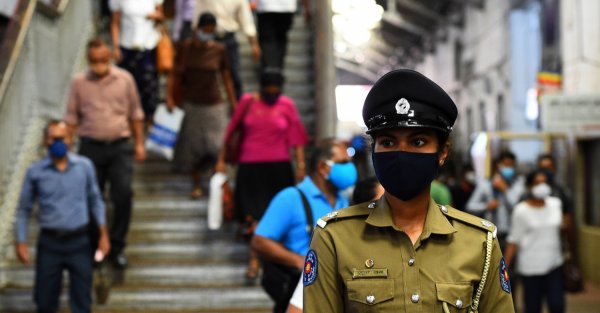
Most Sri Lankans have spent a considerable portion of this past year with some form of restriction to their movement as a result of the COVID-19 pandemic. The Western Province is currently in limbo — some parts of it isolated, and as of Wednesday (11), travel outside the province, restricted.
Imposing curfews has been one of the most effective strategies by the government in mitigating the spread of the virus. But while curfews have become a persistent feature, specifics pertaining to their legality and the authority to impose them are generally obscure or ambiguous. .
We have attempted to describe the circumstances under which the government authorities — including the President — have the legal precedent to declare a curfew, and the statutory basis and limitations of each of these.
The Public Security Ordinance
The only explicit mention of curfew in Sri Lankan law appears under Section 16 of the Public Security Ordinance (1947), which states that:
(1) Where the President considers it necessary to do so for the maintenance of public order in any area, he may, by Order published in the Gazette, direct that, subject to such exemption as may be made by that Order or any subsequent Order made under this section, no person in such area shall, between such hours as may be specified in the Order, be on any public road, railway, public park, public recreation ground or other public ground or the seashore except under the authority of a written permit granted by such person as may be specified in the Order.
Despite this, an order to that effect was not gazetted in March — when the country was first ‘locked down’ — but that three-month long restriction of movement referred to as a ‘police curfew’ instead.
“One reason they did not opt for a curfew under this Ordinance,” attorney-at-law Gehan Gunatilleke told Roar Media, “is possibly because it’s subject to parliamentary oversight, and at the time, they [government] didn’t want to reconvene parliament.”
It could also be because of ambiguity within the law. The Ordinance specifies that any curfew imposed under it should be for ‘the maintenance of public order’, and “you could argue that this law, although it allows the president to declare curfew, only allows him to do so for the purpose of maintaining public order, so there’s a question as to whether it empowers him to do so on the basis of public health,” Gunatilleke explained. “This is why there’s a bit of ambiguity as to whether there are any powers to declare curfew in the first place, when it comes to a pandemic.”
While the Public Security Ordinance also allows the President to declare curfew by way of a ‘State of Emergency’, as per Emergency Regulations set out under Section 5 of the Ordinance, “a State of Emergency doesn’t necessarily mean a curfew,” Gunatilleke said. Emergency Regulations can include provisions that enable law enforcement authorities to declare and enforce curfew, but this is also subject to parliamentary oversight that must be reviewed every 30 days; the Parliament must vote on whether to extend the State of Emergency, or not, which could be the reason why this particular option wasn’t considered.
Police Curfew
The March—May lockdown was widely reported as a ‘police curfew’, but as explained before, this does not have any statutory basis, although commonly used by police to prevent public disorder in emergency situations. “Police curfews have been used in a lot of contexts, it’s a practice seen among certain police stations for a long time, but there’s no legal provision for it,” Gunatilleke said.
Historically, police curfews have most commonly been used in response to communal conflict and for the maintenance of public order. As a generally accepted practice, they have only been used within specific police divisions or small localities, and for very limited periods of time. For example, a police curfew was imposed in Aluthgama and Beruwela for several days following the 2014 anti-Muslim riots as a public security measure. But the ‘police curfew’ imposed in March, having lasted over two months and affected the entire island, broke many of the customary rules of a typical police curfew that has no legal basis. Chapter 3 of the Sri Lankan Constitution gives the public the fundamental right to freedom of movement, and while exceptional circumstances — such as a global pandemic — would warrant restrictions on this freedom, these restrictions do need to be prescribed by law, a constitutional requirement that the police curfew at the time did not meet.
In May, after the three-month long ‘police curfew’ was lifted, a Magistrates’ Court ruling upheld the police curfew by renaming it a ‘quarantine curfew’ and retroactively legitimising it by stating that the regulations issued under the 1897 Quarantine and Prevention of Diseases Ordinance, gave the Director General of Health the authority to declare a curfew.
Quarantine Curfew
The Quarantine and Prevention of Diseases Ordinance (1897) sets out the legal procedure to prevent the spread of contagious diseases within the country. Although the Ordinance makes no specific reference to a curfew, certain legal interpretations may validate the imposition of curfew on the basis of preventing a public health emergency. For instance, Section 2 of the Ordinance states:
The Minister may, from time to time make and when made revoke or vary, such regulations as may seem necessary or expedient for the purpose of preventing the introduction into Sri Lanka of any disease, and also preventing the spread of any disease in and outside Sri Lanka.
In Section 3, the Ordinance lists what regulations may be made under Section 2, such as the establishment and maintenance of quarantine stations and the isolation of diseased persons “amongst other things”. “There’s nothing specific there that suggests that the minister has the power to declare curfew under this Ordinance,” said Gunatilleke. “So they would have to interpret this law to mean that there is this general power, because Section 3 states that these regulations may be made ‘amongst other things’, and you could perhaps argue that those other things include declaring curfew.”
But when movement was restricted in March, there were no regulations issued under the Quarantine and Prevention of Diseases Ordinance that permitted its imposition. However, just last month, on 15 October, new regulations were gazetted under the Ordinance, that give ‘the proper authority in a ‘diseased locality’ the right to restrict the movement of persons within that locality, as well as restrict their ability to enter or leave the locality or enter any public place within it. “So there are a number of steps you have to take to legitimise curfew under this Ordinance,” Gunatilleke noted. “First, you have to interpret Section 3 of the Ordinance to mean you can issue regulations to restrict the freedom of movement. Then, you have to ensure that the regulations give authorities that power. And the third step is to declare a particular locality a ‘diseased locality’. So going through that very circuitous route, you can, perhaps, declare a quarantine curfew.”
The general ambiguity of legislation in response to a public health crisis of the magnitude of the COVID-19 pandemic may point to the unprecedented nature of the current situation: Sri Lanka has not had to combat a disease of such high contagion in recent times, leading to an absence of legislation to adequately regulate and oversee some of the more drastic preventive measures taken. But this is a good time as any to discuss, debate and take into account the implications unpreparedness may have to fundamental freedoms, in order to ensure there is no repetition of the same in the future.

